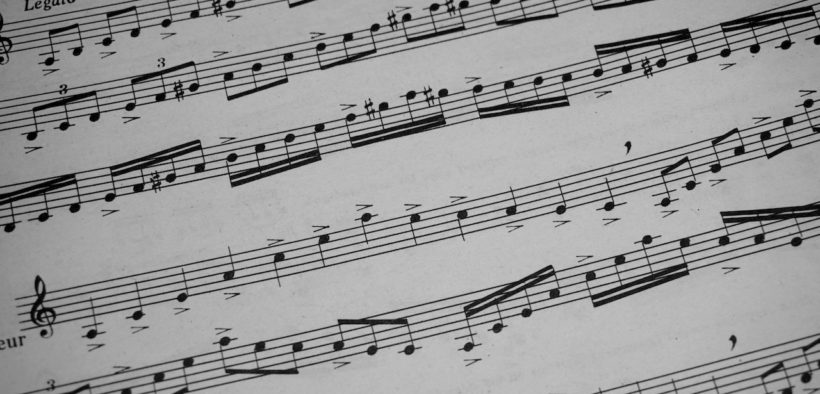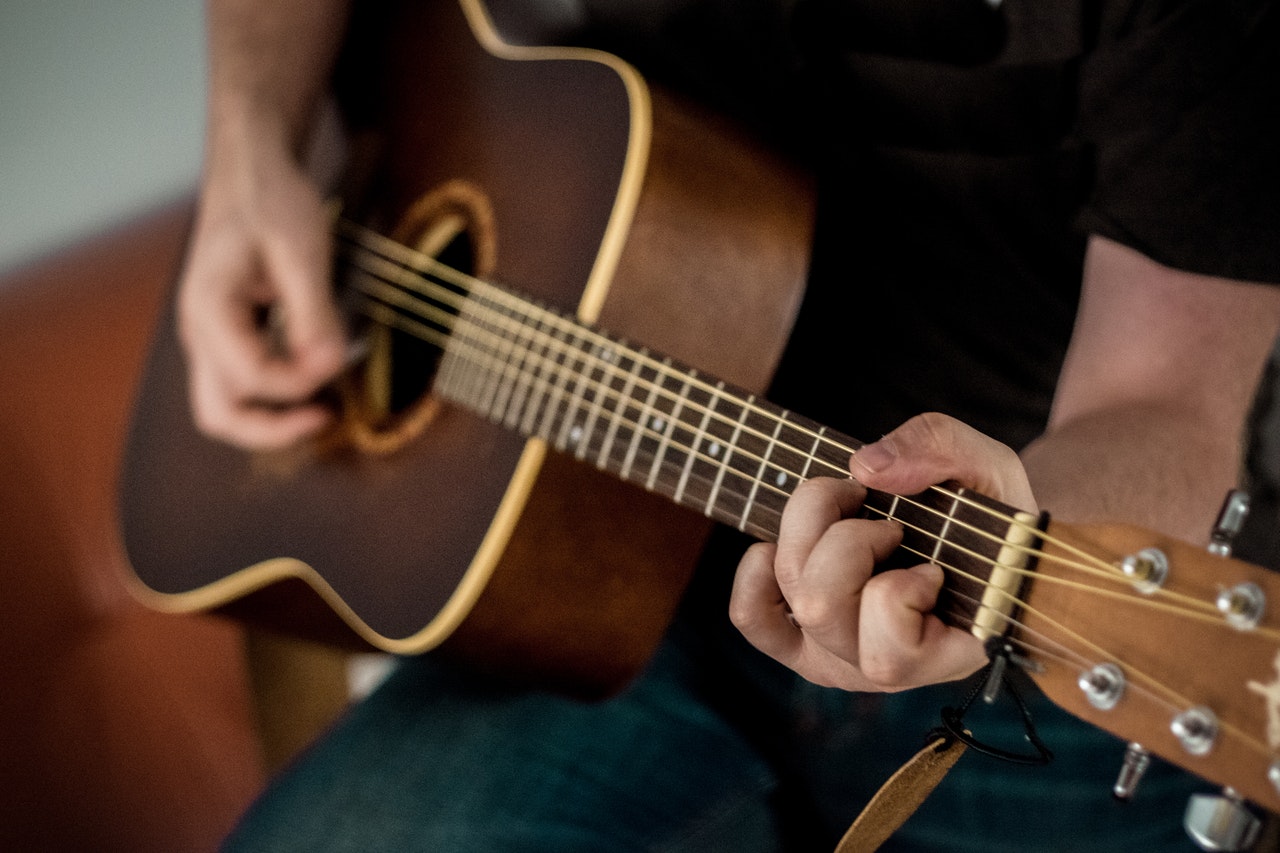Minor pentatonic scales
Share

The minor pentatonic scale is one of the most versatile and widely used scales in modern music. It is used in a variety of genres, including rock, blues, country, and jazz, and is essential knowledge for any guitarist, bassist, or pianist looking to explore these styles. In this article, we’ll take a deep dive into the minor pentatonic scale, exploring its construction, how it can be used, and some common techniques for incorporating it into your playing.
Construction of the Minor Pentatonic Scale
The minor pentatonic scale is made up of five notes, or “penta” meaning five, and “tonic” referring to the first note of the scale. In Western music theory, these notes are typically labeled using a system of letters and accidentals. The minor pentatonic scale can be constructed by taking the notes of a natural minor scale and removing the second and sixth scale degrees. This leaves us with the following pattern of notes:
1 – b3 – 4 – 5 – b7
This pattern can be applied to any starting note to create the minor pentatonic scale in that key. For example, if we start on A, we get the A minor pentatonic scale:
A – C – D – E – G
It’s important to note that the minor pentatonic scale is a subset of the natural minor scale, meaning that any melody or solo that uses the minor pentatonic scale can also be played using the natural minor scale. However, the minor pentatonic scale has a distinct sound and feel that is often preferred in certain genres.
Using the Minor Pentatonic Scale
So how can we use the minor pentatonic scale in our playing? One of the simplest and most common uses is as a basis for improvisation. The minor pentatonic scale can be used to create melodies and solos over a wide variety of chord progressions. For example, in a typical blues progression, we might use the A minor pentatonic scale over the A7, D7, and E7 chords:
A7 – D7 – A7 – A7
D7 – D7 – A7 – A7
E7 – D7 – A7 – E7
In this context, the A minor pentatonic scale fits comfortably over all three chords, allowing us to create a cohesive solo that follows the chord changes.
Another common use of the minor pentatonic scale is as a tool for creating riffs and licks. The scale has a distinctive pattern of notes that can be used to create memorable and catchy phrases. For example, one classic riff that uses the A minor pentatonic scale is the opening to “Smoke on the Water” by Deep Purple:
G|—————————————|
D|—————————————|
A|———————3-5—————|
E|—3–5–3–0–3–5——–3–5–3–0—|
In this riff, we see several of the notes of the A minor pentatonic scale being used to create a driving, rock-oriented melody.
Finally, the minor pentatonic scale can also be used to create chord progressions themselves. By combining the notes of the scale with different rhythms and chord voicings, we can create interesting and unique progressions that are still firmly rooted in the blues and rock traditions. For example, we might create a progression using the A minor pentatonic scale that looks like this:
A7 – Am7 – A7 – Am7
D7 – Dm7 – A7 – A7
E7 – Em7 – A7 – A7
In this progression, we see how the notes of the A minor pentatonic scale are used to create chord voicings that fit the overall tonality of the progression.
Techniques for Incorporating the Minor Pentatonic Scale
Now that we understand how the minor pentatonic scale can be used, let’s explore some techniques for incorporating it into our playing. These techniques will help us create more interesting and dynamic solos, riffs, and progressions.
Bending and Vibrato: One of the most expressive ways to use the minor pentatonic scale is through the use of bending and vibrato. By bending a note up or down, we can create a subtle change in pitch that can add emotion and intensity to our playing. Vibrato, on the other hand, involves rapidly alternating the pitch of a note to create a shimmering effect. These techniques can be used to add flavor to individual notes within a melody or solo.
Sliding: Another way to add variety to our playing is through the use of sliding. This involves playing a note, and then sliding up or down to another note in the scale. Sliding can be used to create smooth transitions between notes, and can add a touch of bluesy flavor to our playing.
Hammer-Ons and Pull-Offs: Hammer-ons and pull-offs are techniques that involve playing a note, and then either hammering on to a higher note or pulling off to a lower note without picking the string again. These techniques can be used to create fast, fluid runs of notes, and can help us play faster and more efficiently.
String Bending: String bending involves bending the string up or down while maintaining contact with the fretboard. This technique can be used to create expressive, vocal-like phrases, and can add a lot of emotion and intensity to our playing.
Combining Scales: One final technique for incorporating the minor pentatonic scale into our playing is to combine it with other scales. For example, we might use the A minor pentatonic scale in combination with the A blues scale, which adds an additional note to the scale that can be used to create more interesting and complex melodies.
Conclusion
The minor pentatonic scale is an essential tool for any guitarist, bassist, or pianist looking to explore rock, blues, country, or jazz music. By understanding the construction of the scale and how it can be used in different contexts, we can create interesting and dynamic melodies, solos, riffs, and chord progressions. By incorporating techniques like bending, sliding, hammer-ons and pull-offs, string bending, and combining scales, we can add even more variety and expressiveness to our playing. So the next time you pick up your instrument, try incorporating the minor pentatonic scale into your playing and see how it can elevate your music to the next level.
Visit TotallyGuitars.com for a complete lesson on the Fundamentals of Minor Scales and Patterns










